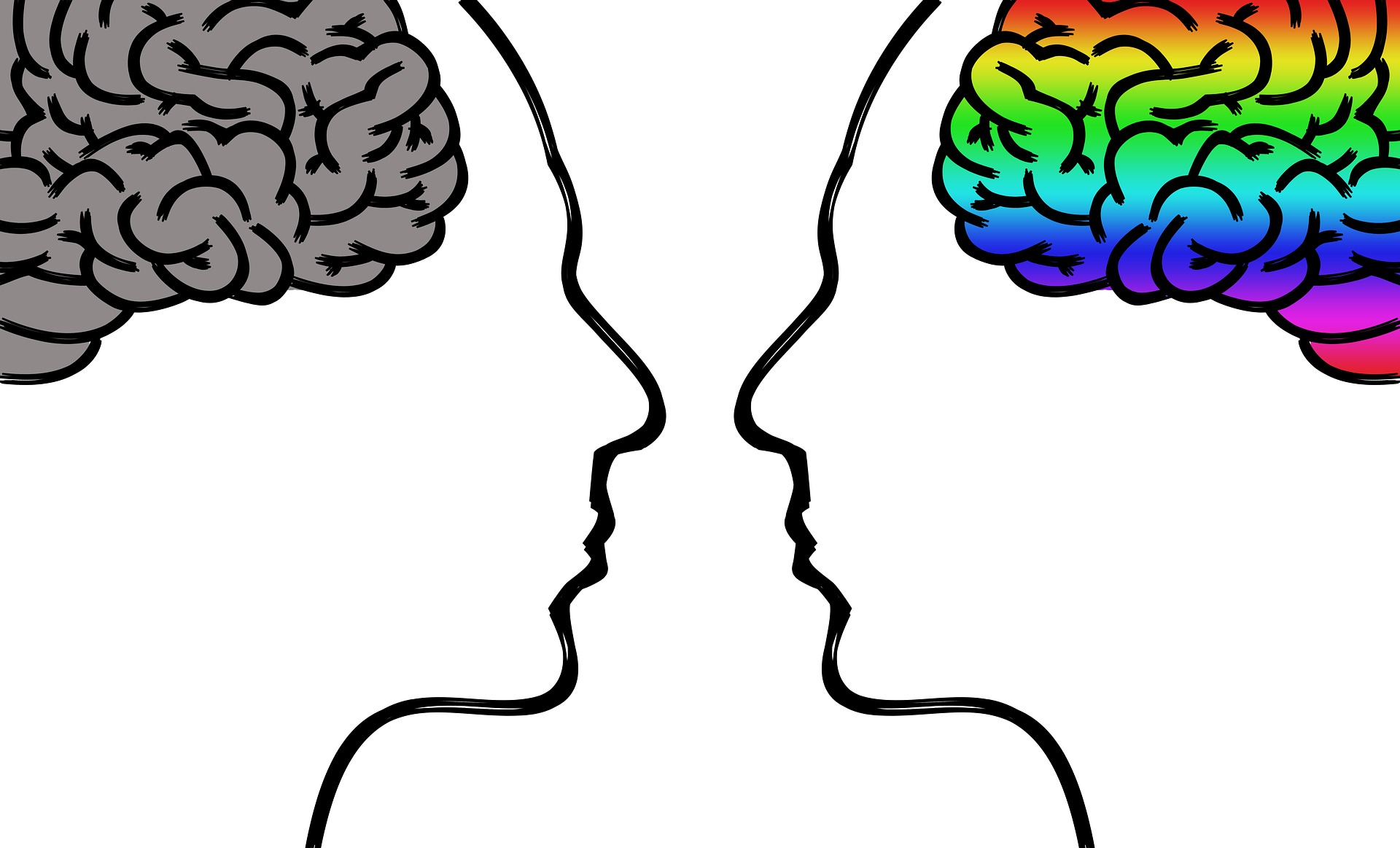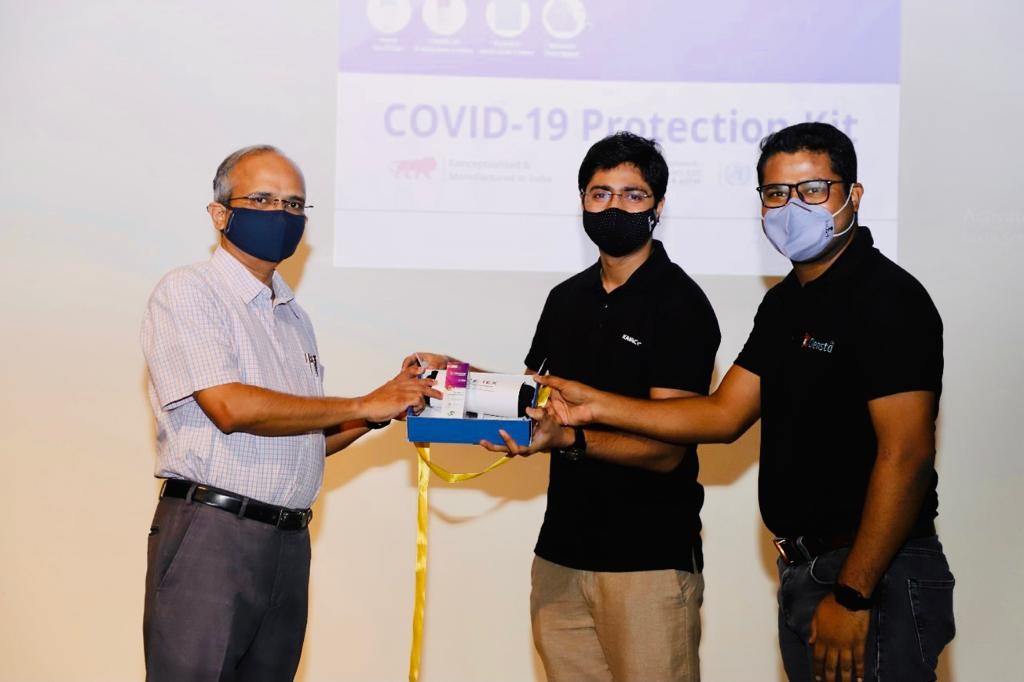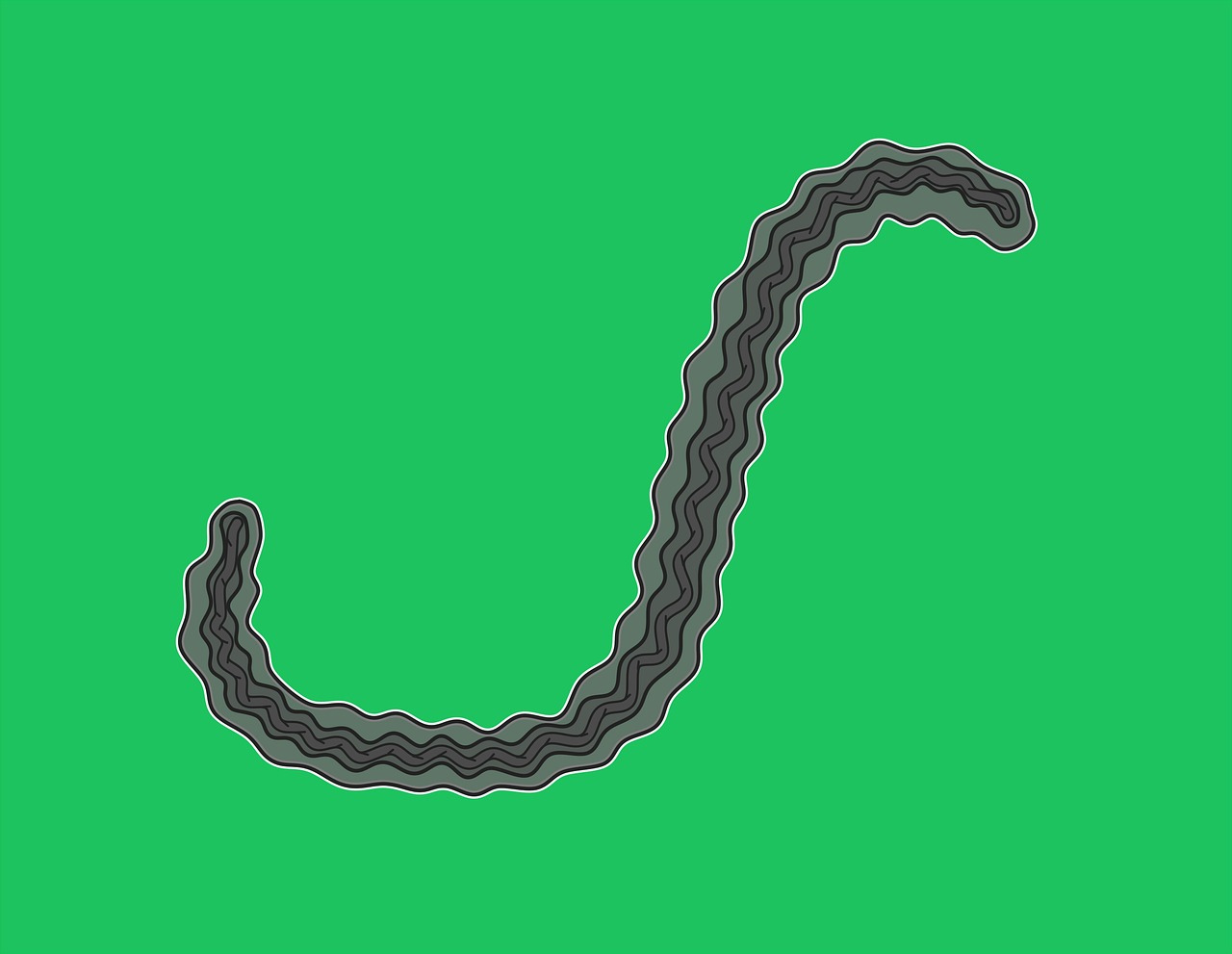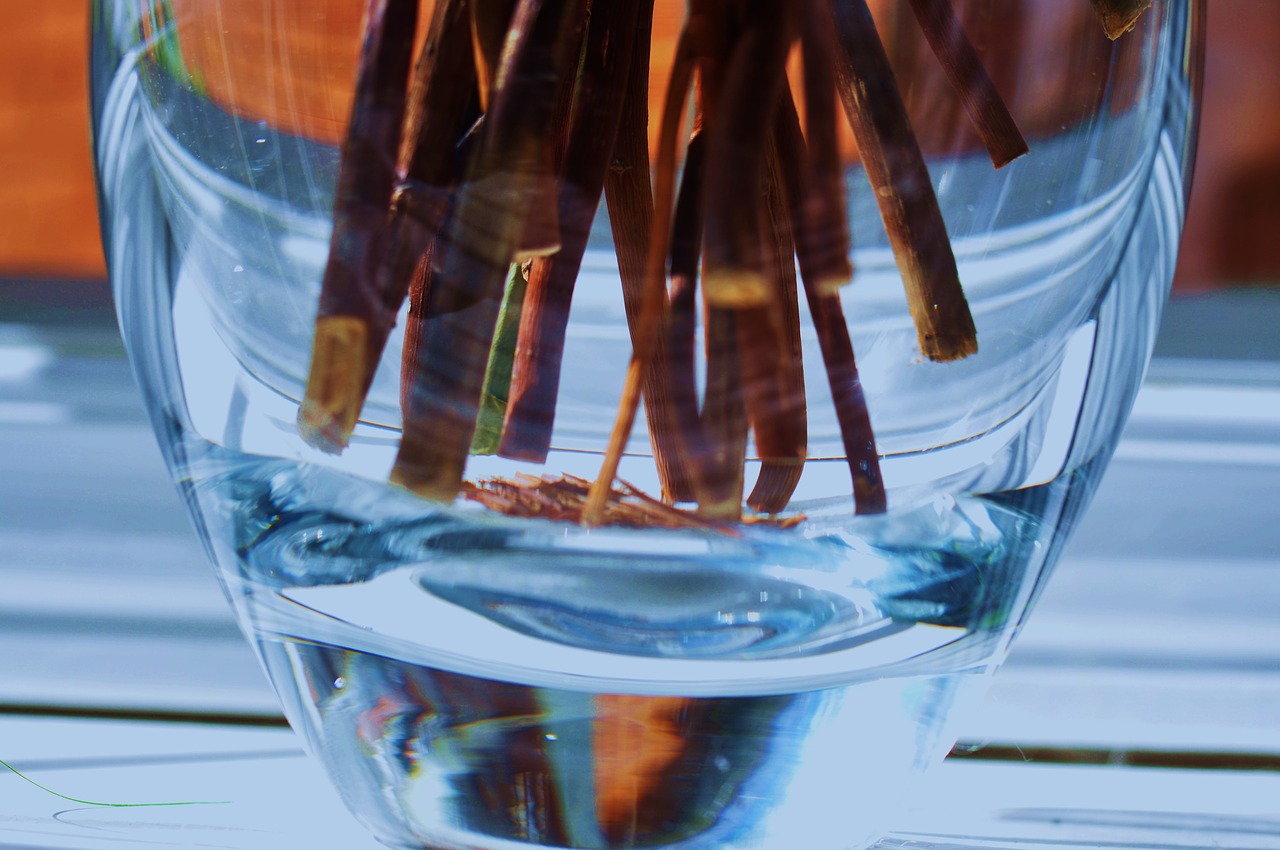
Researchers From Taiwan Has Discovered A New Mechanism of Memory Formation
- News
- 2K
There is an old Chinese saying that goes like this: “Once bitten by a snake, you will fear grass rope for ten years”. If a fortunate individual bitten by a poisonous snake managed to survive, the shape of the snake and the sense of danger will be associated together and stored in memory. Then if the same individual is to be exposed to a similar shape, it will arouse the stored memory and thus trigger a sense of fear and alert. These memories are formed through hundreds of billions of neurons cooperating together. Yet little is known about the actual mechanism behind the establishment of memories that stem from the cooperation of neurons. Therefore, scientists utilize various animal models in an attempt to explore the unknown black box of memory processing.
 Fruit flies, as a species, have a rich history of hundreds of years being a frequent model animal used in biomedical research. Using fruit flies for the research of molecular mechanism of memory formation has several advantages. Because highly efficient genetic tools controlling the hereditary traits of fruit flies exists, fruit flies can be used as an excellent model to examine the effect of the target gene on neural functions. In addition, fruit flies have complete neural organs consisting of neural circuits that are responsible for controlling functions similar to those of mammals and their animalistic behaviors. Furthermore, the genetic similarity between human and fruit flies are shockingly similar to 60% match. Last but not least, due to fruit flies’ short lifespan of sixty to seventy days, the process of aging can be observed much more conveniently.
Fruit flies, as a species, have a rich history of hundreds of years being a frequent model animal used in biomedical research. Using fruit flies for the research of molecular mechanism of memory formation has several advantages. Because highly efficient genetic tools controlling the hereditary traits of fruit flies exists, fruit flies can be used as an excellent model to examine the effect of the target gene on neural functions. In addition, fruit flies have complete neural organs consisting of neural circuits that are responsible for controlling functions similar to those of mammals and their animalistic behaviors. Furthermore, the genetic similarity between human and fruit flies are shockingly similar to 60% match. Last but not least, due to fruit flies’ short lifespan of sixty to seventy days, the process of aging can be observed much more conveniently.
Associate Professor Chia-Lin Wu of the Department of Biochemistry and Molecular Biology leading a research team used fruit flies to conduct long-term studies on memory forming mechanism. The research team deprived the fruit flies of water in order to take advantage of living organisms’ desire to quench the thirst. When the fruit flies were to be alleviated of their thirst, the research team released a specific scent in an attempt to create the association between the scent and the source of water. By utilizing this reward system, one can observe memory formation and degradation over the course of time. The result of the study indicated that reward-induced memory can last over a day, and is not easily degraded. Therefore, it is classified as a kind of long-term memory.
The group also discovered that certain dopaminergic neurons in fruit flies’ brain called PAM-β´1 are responsible for linking the reward signal from drinking water to the learning and memory center known as the mushroom body and form long-term memory. The research team also discovered that inhibiting neural circuit responsible for short-term memory led to short-term memory loss in fruit flies, but the long-term memory was unaffected. Vice versa, if the neural circuit for long-term memory is suppressed, the short-term memory formation remains unaffected. Furthermore, the fruit flies specifically for either short-term memory or long-term memory when genetically activate short- or long-term memory neural circuits in the brain. Associate Professor Chia-Lin Wu stated that studies used to conclude that when brain gains a new learning experience, it will first be stored in short-term memory. Over time, the short-term memory will be slowly transformed into long-term memory. However, the result of the current study pointed out that the short-term memory and long-term memory are controlled by two different sets of neural circuits and molecular mechanisms.
In other words, long-term memory is not formed from short-term memory. The results of this study shattered the pre-existing knowledge of memory formation. At the same time, it also provides a reasonable insight into understanding memory loss due to aging. For example, patients who suffered from memory loss due to old age only have their short-term memory impaired. Their long-term memory remains unaffected. This is very likely due to the fact that the two kinds of memories are handled by two separate neural circuits that are completely independent of one another. Therefore, when one is affected, the other won’t.
This important finding was published on May 15th, 2017 in Nature Communications. Under the sponsorship of the Ministry of Science and Technology and Chang Gung Memorial Hospital, Associate Professor Chia-Lin Wu and his research team finished this important research. The study was done entirely in Chang Gung University, and the research team consisting of native-born Taiwanese researchers completed this important task. The same research team will continue to devote their effort to the understanding of memory formation mechanism, in hope that in the near future they can provide insight into the prevention and treatment of memory loss due to old age.
Full-length article can be accessed from here https://www.nature.com/articles/ncomms15230


